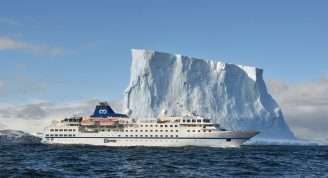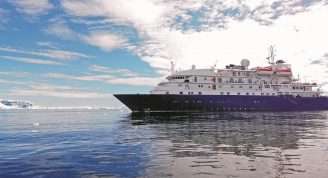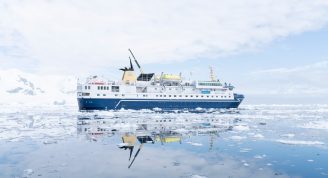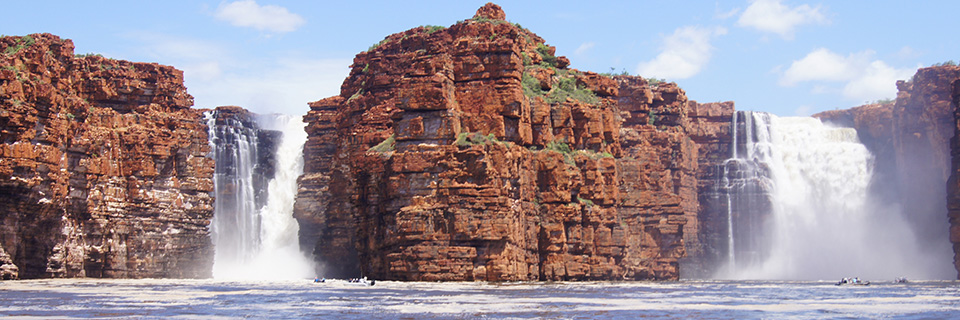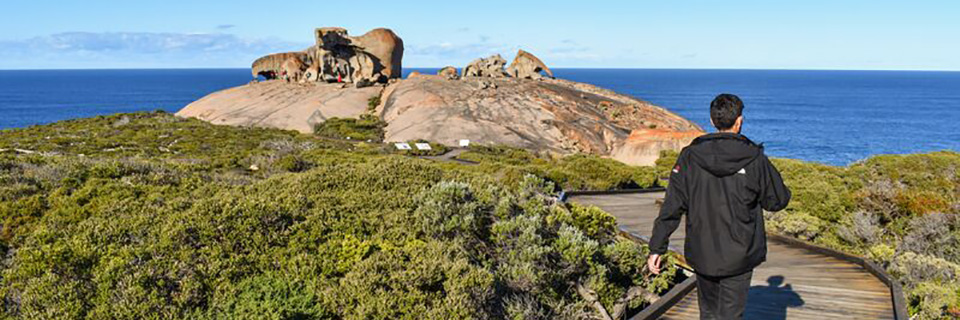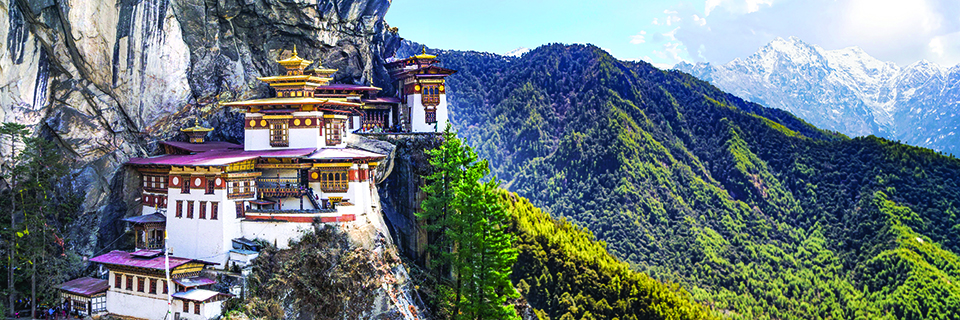Description
This five night Scottish cruise takes you along the majestic Sound of Mull, famous for its wildlife and bordered by the Isle of Mull and the Morvern Peninsula, and along historic Loch Linnhe. Our voyage will give you the full flavour of Scotland from the sea: its sheltered sea lochs, tranquil anchorages, picturesque harbours, ancient castles and even a whisky distillery. The mini cruise is a wonderful introduction to the breath-taking Hebrides and Islands.
We are pleased to offer to our passengers a complementary visit to Duart castle.
Trip Name
The Inner Hebrides Wildlife Cruise
Days
6
Overview
Vessel Type: Small Ship
Length: 16.4 metres
Passenger Capacity: 6
Cruise the isles (Skye, Mull, Arran, St Kilda, Islay, Jura, Canna, Rum, Barra to name but a famous few) and spectacular coastlines of the Hebrides onboard a classic vessel, the ex-tall ship, St Hilda, a traditional, beamy, 54ft wooden (larch on oak) ketch, fitted with a quiet, six cylinder 112 HP Kelvin engine. St Hilda is a vessel with an incredible Scottish lineage. Built in 1973 to the highest standard (Lloyds 100A1) at St Monans, Fife, by the internationally famous Millers boatyard (a family run business with 200 years of wooden boat building) and designed by G.L Watson, the world famous Glasgow based naval architect, who created the world's first yacht design office in 1873 and designed early America's Cup challengers (such as Thistle, Shamrock II, Valkyrie I and II) as well as the famous racing yacht Britannia.
St Hilda was built specifically for sail training with a crew of 20. By 2007 St Hilda was converted for cruising with only eight people - six guests and a skipper and chef - and that is why today she is so spacious inside. St Hilda is one of the smallest of the “Tall Ships” and has competed in several Tall Ship Races. Although St Hilda has sailed across the North Sea on a number of occasions, she is more of a motor sailor than an "ocean greyhound"! We will usually get her under sail during a cruise (weather permitting, of course) however, because of our busy itineraries and like many yachts, we will usually not be able to reach our various night anchorages under sail alone.
Accommodation The well-lit, roomy deck saloon is where everyone dines and socialises and where everyone enjoys a convivial atmosphere that is encouraged by shipboard life aboard this sturdy, ocean-going wooden ketch. Cabins are warm and comfortable with six berths for our guests: a spacious double en-suite (with shower, toilet, washbasin and two pretty opening portholes), a twin en-suite (with toilet, washbasin and opening porthole) and a twin cabin (with washbasin). The twin cabins are both close to the toilet and shower rooms which are of a high standard for a yacht. All cabin linen and towels are supplied.
The outdoor decks are large and safe, perfect for spotting wildlife and relaxing. You also have some deck space to embark your own equipment such as kayaks and surfboards. You will also be able to use our own inflatable sea kayak.
Your Crew Your professional skipper is passionate about boats, sailing, and the natural environment of the islands and sea lochs of the Hebrides and Argyll. He is more than happy to share his knowledge of the area to those on board while ensuring his shipmates have as much fun as possible. You also have your own on board chef who provides wonderful meals, locally-sourced and freshly prepared from the galley.







